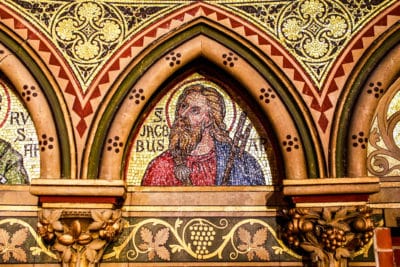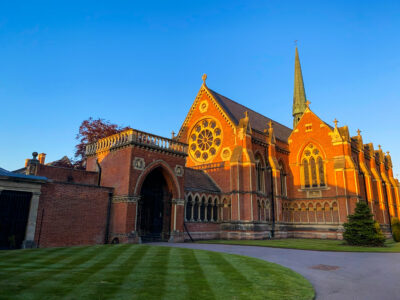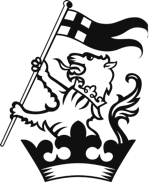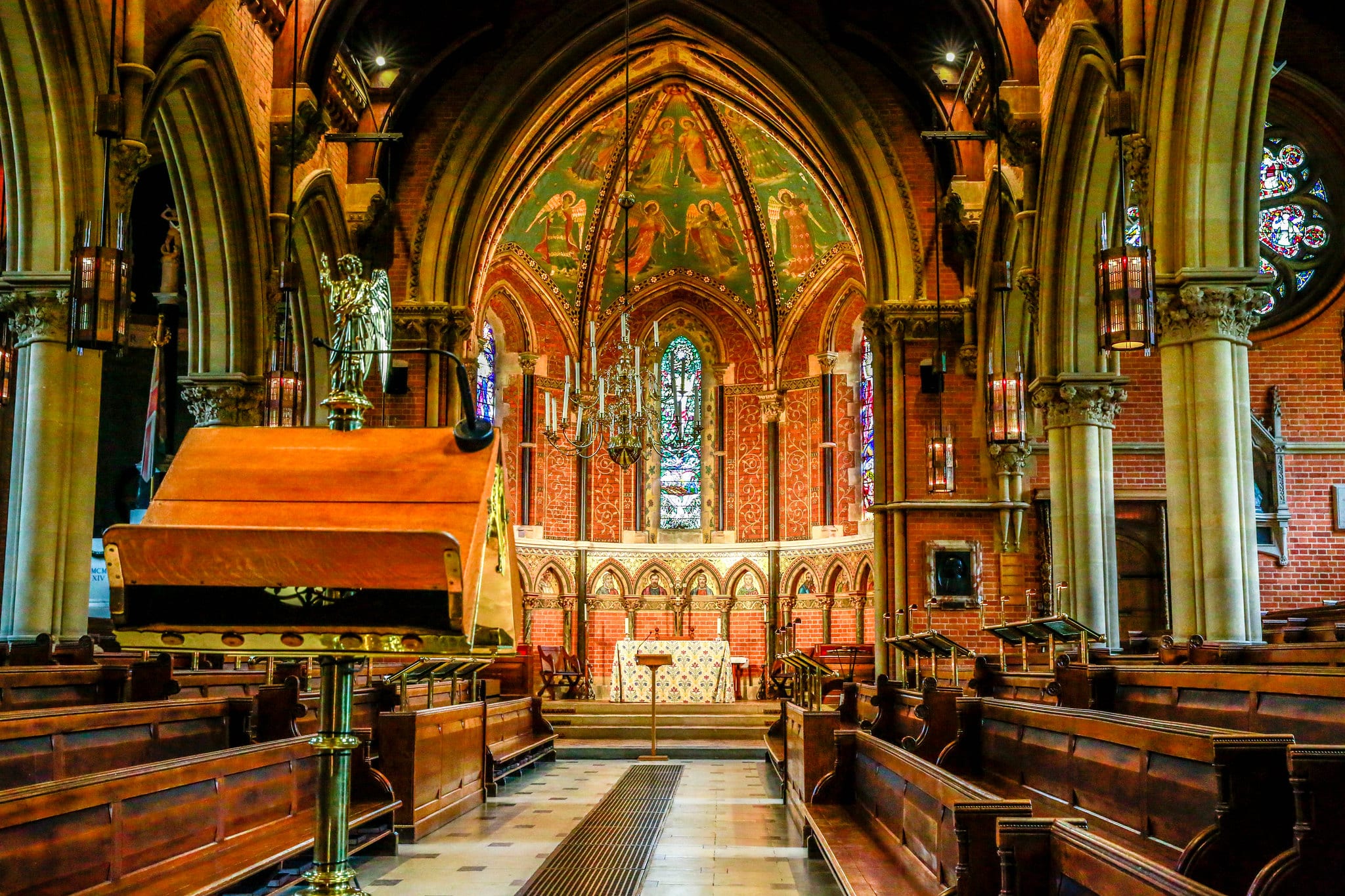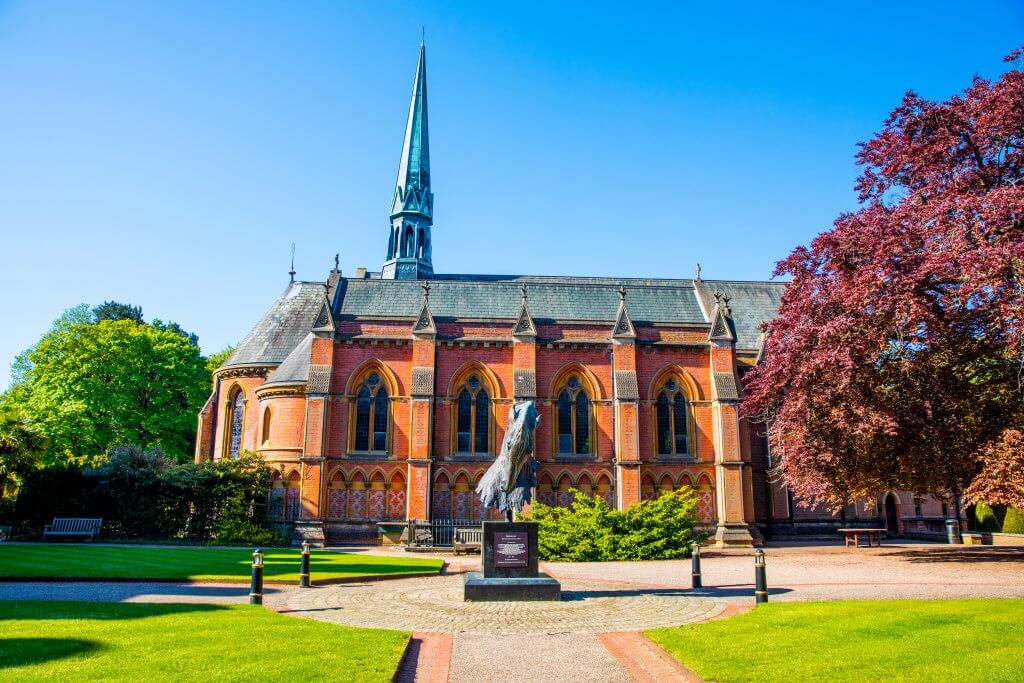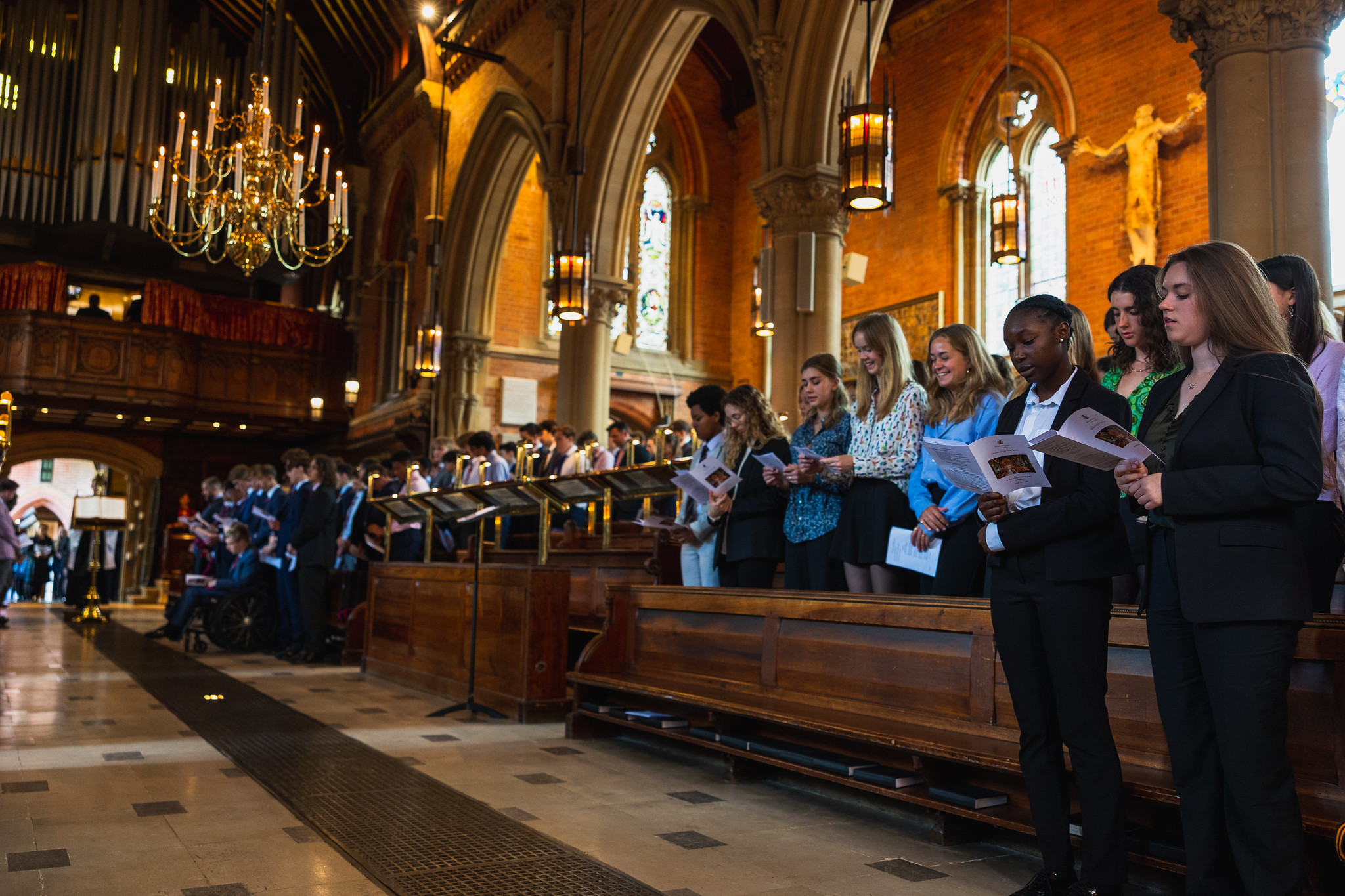
The Life of the Chapel
The School gathers for worship here every Wednesday and Thursday morning for Morning Prayer (a short service of readings, hymns and prayers lasting 20 minutes), and on Sunday Evenings for College Evensong or the College Eucharist. Major feasts and seasons of the Church’s calendar are focal points of the College year, including the Remembrance-tide services, the Festival of Lessons & Carols for Christmas (a liturgy composed by Wellington’s first Master, the Rt. Rev. Edward White Benson, later Archbishop of Canterbury), and Speech Day. Harvest-tide, Advent, Lent, Easter, Ascension, and Whitsun (Pentecost) are also marked by the College worshipping together in its beautiful Chapel. Each year, pupils from any year group may be prepared for Baptism and Confirmation, which is celebrated in November by a visiting Bishop.
Chapel services, in all their beauty and solemnity, play a vital part in shaping the theological, moral and spiritual development of our pupils, of whatever culture or religious background. They are complemented by a number of other religious groups and societies, several of which meet in the Crypt Chapel of the Epiphany: Open Door, Jewish Society, and Bible Study. All pupils are cared for by the Chaplain, who also ensures that pupils of other Christian Communions (e.g. Roman Catholic Church) or other faiths (e.g. Jewish or Muslim pupils) are ministered to appropriately.
Each House in College takes a turn as the ‘Duty House’ at Sunday Chapel, with a special role in reading lessons, serving, welcoming guests, taking the collection. Parents are welcome at Sunday Chapel services, particularly those led by their son or daughter’s House.
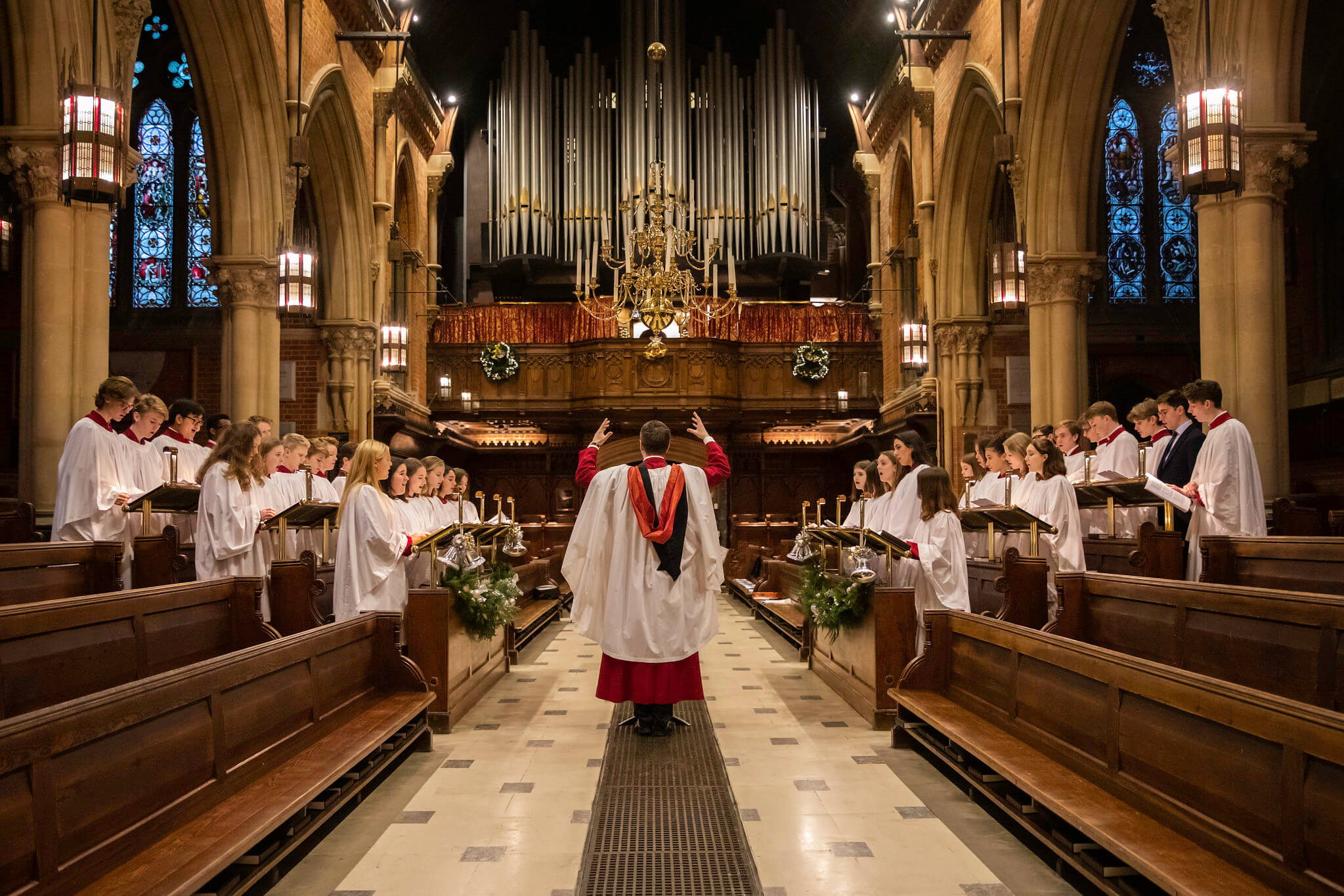
Chapel Choir
The College’s renowned Chapel Choir is made up of pupils and staff from across the School who – complemented by our fine Harrison & Harrison organ – greatly enrich the worship and support Wellington’s fine tradition of hymn singing.
The History of the Chapel
